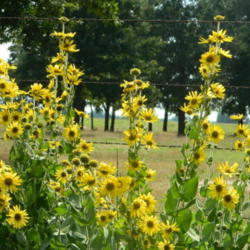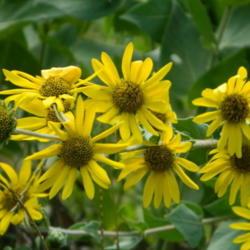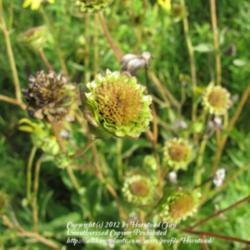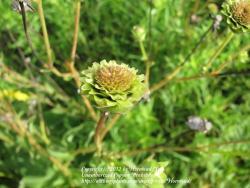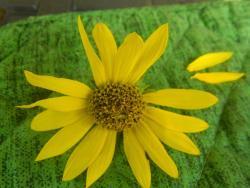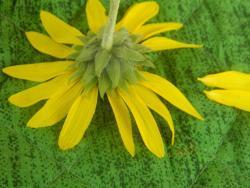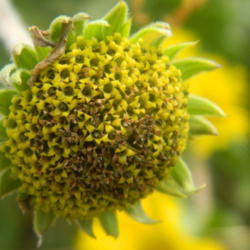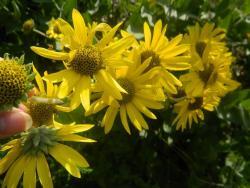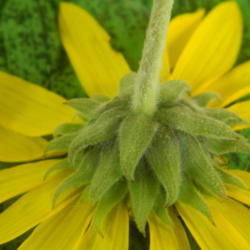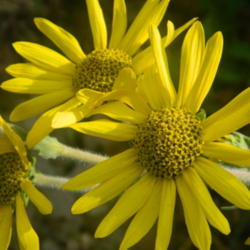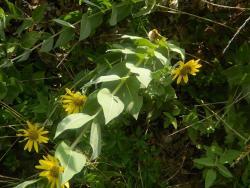Let's see if these pictures help make sense of my rambling:
This is a Rosinweed (Silphium integrifolium) flower head. Superficially, it looks much like a sunflower, especially at this stage of development
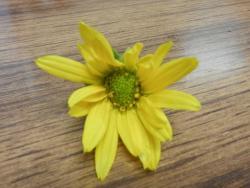
But, if you pull the flower head apart, you can see that each "petal" has an ovary at its base and will produce the seed
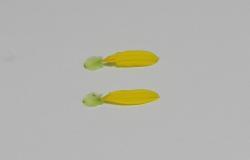
The disk florets are greatly reduced and don't have ovaries (some disk florets do produce stamens)
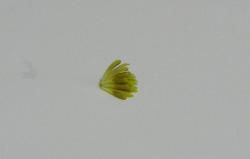
In sunflowers, it would be the opposite with the seed being produced by the disk florets and the "petals" being sterile.

